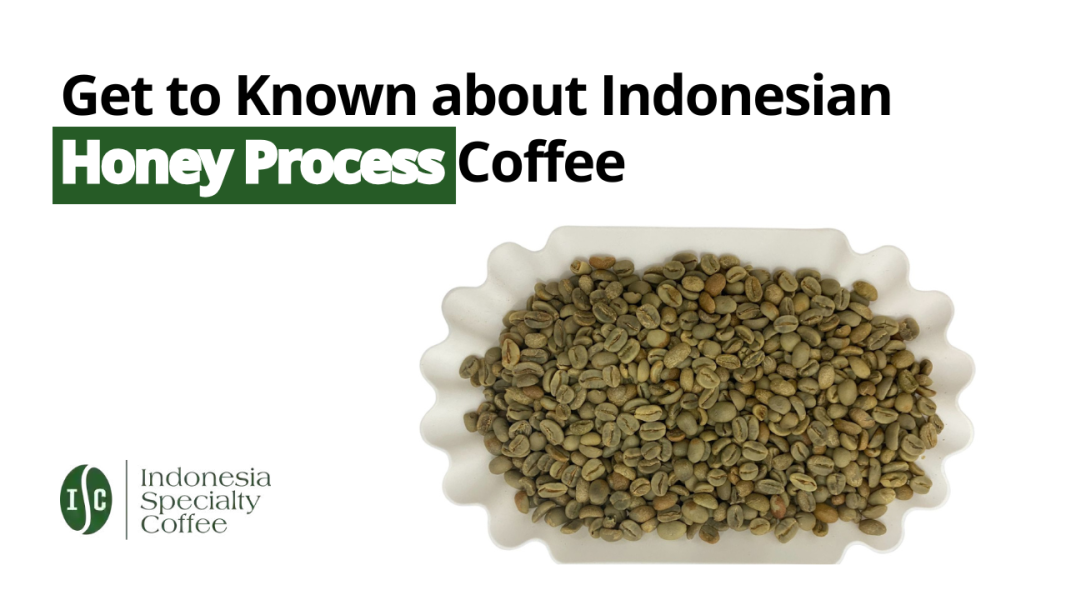Indonesia’s diverse coffee landscapes are known not only for their rich soils and distinct terroir but also for their variety of post-harvest processing methods. Among them, the Honey Process stands out as a unique technique that combines the best of both worlds: Natural and Washed methods. While it’s relatively new to Indonesia compared to traditional Wet-Hulled (Giling Basah), Honey Process coffee is gaining traction, especially in specialty-focused regions such as Java, Bali, and parts of Sumatra.
What is the Honey Process?
The Honey Process is a hybrid post-harvest method. After coffee cherries are selectively picked and cleaned, they undergo mechanical pulping—removing the outer skin but retaining the sticky mucilage (often called the “honey” layer). This layer is rich in sugars and plays a significant role in flavor development.
Unlike the Washed Process, the mucilage is not rinsed away. Instead, the beans are immediately spread on drying beds or patios to dry with the mucilage intact. Once the moisture content drops to around 11–13%, the beans are hulled to reveal the green coffee inside.
Bean Appearance
Honey-processed beans are easy to spot:
- Color: Yellowish with a subtle green hue
- Texture (pre-hulling): Slightly sticky due to residual mucilage
- Drying time: Typically longer than Wet-Hulled, but faster than Natural methods
Drying can take 10–20 days, depending on climate and altitude. Farmers often need to carefully monitor temperature and airflow to prevent over-fermentation or mold.
Why Indonesian Honey Process is Special
Indonesia’s climate and microclimates play a huge role in how Honey Process coffees develop. The warm sun, high elevation, and volcanic soil create optimal drying conditions and allow the mucilage to ferment gently, creating complex flavor profiles rarely found elsewhere.
In regions like Ijen Plateau (Java), Kintamani (Bali), and parts of Gayo Highlands (Sumatra), farmers and cooperatives have been experimenting with the Honey Process to cater to the global specialty coffee demand.
Flavor Profile: Sweet, Balanced, and Intriguing
What makes Honey Process coffee so appealing is its balance, offering sweetness like Naturals, but with the clarity and structure of Washed beans.
Tasting Notes Often Include:
- Caramel
- Tropical fruit (pineapple, mango)
- Floral undertones
- Mild acidity with a syrupy body
This makes it an excellent choice for pour-overs, filter brews, and even إسبرسو, where nuance and sweetness are desired.
A Method that Demands Skill
Honey Processing is labor-intensive and riskier than traditional methods. Maintaining the mucilage during drying requires:
- Regular turning of beans
- Consistent airflow
- Protection from rain or overexposure
But for producers who get it right, the reward is worth it—higher cup scores, better prices, and growing interest from global buyers.
خاتمة
The Honey Process is a testament to the evolution of Indonesian coffee. It merges traditional wisdom with modern experimentation, resulting in coffees that are vibrant, sweet, and unforgettable.
Whether you’re a coffee buyer, barista, or home brewer, Indonesian Honey Process beans offer an opportunity to experience something uniquely tropical and beautifully balanced.








